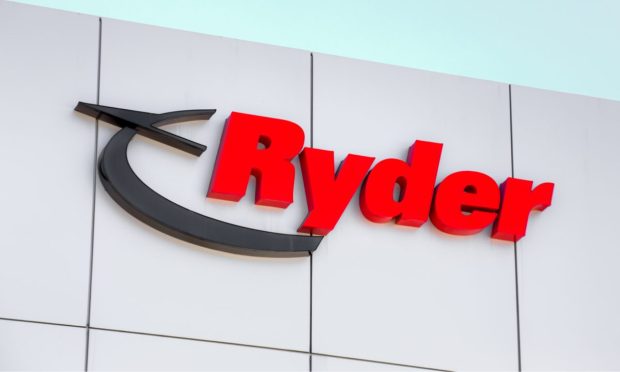Ryder Expands COOP Vehicle Sharing Platform Across US

Truck and trailer sharing platform COOP by Ryder on Tuesday (Feb. 22) expanded the reach of its platform across the U.S. after rolling out the program in nine states since its inception in 2018.
COOP will continue to focus on high-density transportation markets, but businesses can list and rent vehicles anywhere in the nation through the platform, according to the company announcement.
“We continue to see significant success within the nine states COOP has initially operated in, with the platform scaling rapidly in response to disruptions across industries,” Romain Rousseau, general manager for COOP by Ryder, said in the announcement.
“The ongoing driver shortage has become even more pronounced due to the pandemic and many of our customers have turned to our platform to rent their vehicles to other businesses while in the process of hiring drivers,” he continued.
In 2021, an increased demand for rental vehicles led to more vehicle owners generating “significant revenue” on their vehicles through the COOP platform. COOP is also seeing a growing number of companies buy vehicles to rent out to others through the platform as an investment, per the release.
COOP pays more than $3,700 in average monthly revenue to owners who list their vehicles on the platform. It also launched a telematics integration earlier this month that allows select trucks and trailer owners to get paid in real time on the revenue earned by their unit while it’s rented.
More than 10,000 businesses have joined COOP since its launch, with 250% year-over-year growth in the three-plus years since it began.
Related: Businesses Track Cargo, Rent Commercial Vehicles Through Tech Platforms
Two of Ryder’s technology platforms are seeing a growing uptake by businesses, and the company will continue to expand its capabilities.
The company recently added a warehouse management solution to a platform that tracks the transport of goods. The RyderShare platform enables shippers, receivers, carriers and service providers to see where goods are in the supply chain in real time, whether on a truck or in a warehouse.
